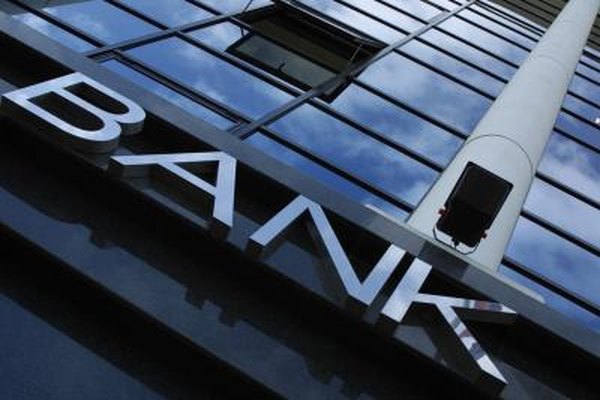What Are Back-to-Back Swaps?
Banks use back-to-back swaps for interest rate risk management.
Hemera Technologies/AbleStock.com/Getty Images
Swaps are derivative securities. A derivative is a financial tool that is based on (or derived from) another investment. Also known as a reverse swap, a back-to-back swap consists of two swaps working together. Each swap in a back-to-back structure cancels the other one out. This leaves the owner of the back-to-back swap with basically the same risk he would have if he didn't have any swaps outstanding.
Understanding Swaps
In the case of a swap, the parties involved trade risks. For instance, an interest rate swap allows a party to exchange a floating rate for a fixed rate. This means that the person who grants a fixed rate loan could give the right to collect those fixed interest payments to another person, who would pay him interest at a floating rate.
Uses of Swaps
Swaps allow parties to spread risk around. If a party has too much adjustable rate income, taking in fixed rate swaps lets it give some of that risk to someone else and have some fixed income streams. Swaps also get used in currency trading. Currency swaps let companies trade payment streams in one currency for payment streams in another currency. This lets a U.S. company do business in Europe and get payments in euros, but have the values of those payments essentially automatically converted to dollars, eliminating the risk of doing business in a foreign currency.
Back-to-Back Mechanics
In a back-to-back swap, the party that creates the first swap also creates a second one that cancels it out. For instance, a bank might make a floating-rate loan to a customer. The customer could then buy an interest rate swap from the bank where it gets a fixed rate. The bank could turn around and sell its fixed rate cash flow stream to another investor for an adjustable rate. The two swaps (bank-to-borrower and bank-to-investor) cancel each other out, leaving the bank with an adjustable rate, even though the client effectively gets a fixed rate.
Remaining Risk
Leaving any transaction costs aside, a back-to-back swap might seem like a pretty good solution because it effectively cancels out the initial swap. However, back-to-back swaps still carry counter-party risk. Counter-party risk refers to the chance that the person on the other side of the swap won't make the payments that they're obligated to make. Back-to-back swaps potentially have higher levels of counter-party risk than a simple swap because they can include two different counter-parties.
References
Writer Bio
Steve Lander has been a writer since 1996, with experience in the fields of financial services, real estate and technology. His work has appeared in trade publications such as the "Minnesota Real Estate Journal" and "Minnesota Multi-Housing Association Advocate." Lander holds a Bachelor of Arts in political science from Columbia University.

